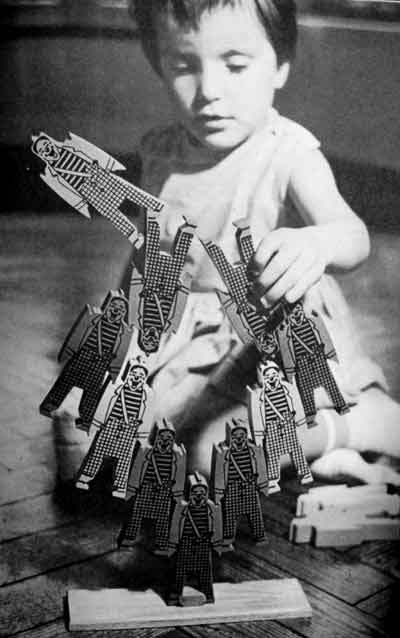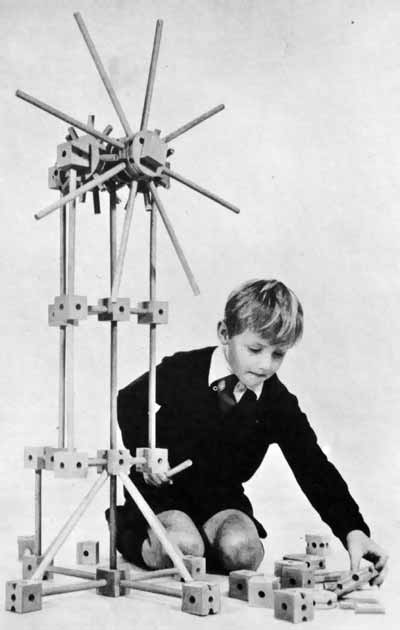|
|

|
|||
|
|
Present Past Subjects Projects Misc |
FEBRUARY 2005
Currently investigating: Elizabethan Lace "One of the greatest Elizabethan extravagances was lace. Until the time of Elizabeth lace was used very little. During her time the manufacture and use of lace accelerated. All lace was handmade and very very expensive. As an example, to manage to buy enough lace for a large ruff a man might have to sell a few acres of Vineyard to raise the cash. Pieces were no more than 3" wide and most were just 1". It took a good lacer up to two hours to make just one inch. At their largest ruffs were 9" wide. It can take about 5 yards to make a full ruff. If you were using 3" wide lace, every yard of 9" wide ruff would be made up of 9 yards of 3" wide lace sewn together. That means that it takes 45 yards x 36" x 2hr., or 3240 man hours. That would be a year of 10 hr. days." Elizabethan Sumptuary Laws ... beg comparison to the current laws limiting the amount spent on dowries and wedding celebrations on the Indian sub-continent and the early 20th century laws limiting potlatching in the Pacific Northwest. Things to think about:
Current requests:
Unknown Toy A Unknown Toy B Objects of interest:
Paper Dresses Imagine a time before AIDS, personal computers, cell phones and other 'miracles of science' like Dupont's Tyvek. History of the Paper Dress
Study 1 Enid Blyton, Golliwogg Mother No. 2 If Florence Upton is Golliwogg Mother No. 1, then Enid Blyton, as the mid-century figure who brought the Golliwogg to the masses, is clearly Mother No. 2. And from the perspective of visual culture it's interesting to see that while Florence created the character as an illustration (her mother Bertha wrote the texts), Enid popularised the Golliwog as an author... "Arguably the most prolific children's writer of the last century, she has a staggering 4000 stories and some 700 books to her credit. At some stages in her life she wrote 10,000 words a day and for at least one year in the 50s she was averaging a book every 5 days." ...who required the services of another person to 'visualize' her world. Eelco Martinus ten Harmsen van der Beek "It was in 1949 that Enid Blyton first thought up the characters which were to transform her into the 20th century's most successful children's writer. The original watercolour drawings of Noddy and Big Ears were sent to her for approval by Dutch illustrator Harmsen Van der Beek, and she snapped them up. "It was these images which helped to launch the cheeky little boy and his friends into the world to charm millions with the first book, 'Noddy Goes To Toyland'. Mr Van Der Beek died suddenly in 1953 after confessing to his publisher sometimes all he could see were little Noddies crawling over his desk." The Eelco Martinus ten Harmsen van der Beek Story Van der Beek's visual legacy? As of last year more than 200 million 'Noddy' books published in 27 languages.
Study 2 In the Future Everyone Will Be Their Own Diderot Most of the people who know me personally know how enthusiastic I am about DevonThink. Since I discovered it in July 2003 it has become for me -- admittedly ADD crazed and Google addicted -- the single most important piece of software ever. Many of us remember life before personal computers and how much our lives changed with the arrival of their first (my first was a Mac Plus). The personal computer brought about a paradigm shift, represented a watershed. Life before this moment and life afterwards were not the same. A second and even bigger watershed stood of the shoulders of the first: the web. Can you remember how you managed "to find things out" before the web? How you developed your research and cultivated your interests before personal publishing? Before search engines? DevonThink, in my opinion, represents a third momentous leap: the realistic ability to organize one's gathered information, interests, curiosity and affinities into a vast private encyclopedia. A data-rich collection of one's information prospects and history, one's attention economy over time. Steven Johnson has recently published an essay mentioning DevonThink in the NY Times: Tool for Thought. Much more information on DevonThink on Steven Johnson's weblog. As of today my DevonThink database contains 7,658 carefully selected objects (PDF files, html files, rich & plain text files, quicktime movies) divided over 1,985 groups and totals 3,323,282 words. Some People Push Back Pity about Churchill's poor choice of words. But if his essay wasn't so inflammatory who'd be paying attention?
Some answers to previous questions:
15.02.05 Hamburg - Final rehearsal before the premiere of Samtmanns Familienabend - 5 Jahre später Sundry links following a Saturday browsing
Yes these things are all connected. New Collector While tracing the fascinating history of children's wooden alphabet and construction blocks and the various 19th and 20th century manufacturers of these systems I've several times come across the name of one collector, Norman Brosterman. Brosterman, who has been responsible for books and exhibitions such as 'Potential Architecture' (Canadian Center for Architecture) and 'Inventing Kindergarten' (a wonderful book over Friedrich Fröbel), seems to be not only an avid collector but a shrewd collector as well...
From: Out of Time: Collecting with Norman Brosterman For the Lover's of Reference Books Bookmark this: The Dictionary of the History of Ideas
ALAMUT.COM is artist owned and operated.
|
|
|




